PicoScope 7 Software
Available on Windows, Mac and Linux

PicoScope 7 Software
Available on Windows, Mac and Linux

OEM & custom applications
PicoScope, Pico data logger and RF products can be used as components in custom applications and OEM projects.
A to Z of PC oscilloscopes
Everything you need to know about PC oscilloscopes from Advanced Triggers to Zooming.

A to Z of Data Loggers
Everything you need to know about PC-based data loggers from Alarms to Zooming.

Application Notes
Details of some of the many applications for Pico data logger and oscilloscope products.

How do I measure...?
Find out how you can measure using Pico products

Videos
Showing you how to get the most out of PicoScope oscilloscope software.

Documentation
Up-to-date versions of the documentation supplied with your products in PDF format.

Educational Experiments
Our library of science experiments suitable for use with oscilloscope and data logging products.

PicoApps
Want to share hints, tips and code with other developers? Show your Pico-based products to the world.

Newsletter
Archive of our monthly Test and Measurement Newsletters.


Post by nickjoy »

Post by markspencer »
Post by Guest »
If all this network talk is 'Greek' then you need to start learning about networks and protocols... and this is not the right place for that discussion.Data Client.vi displays data sent via TCP from Data Server. Once a TCP connection is open, the VI reads 4 bytes to determine the amount of data being sent. It then reads and charts that many bytes.
Return to “General Software Discussions”
